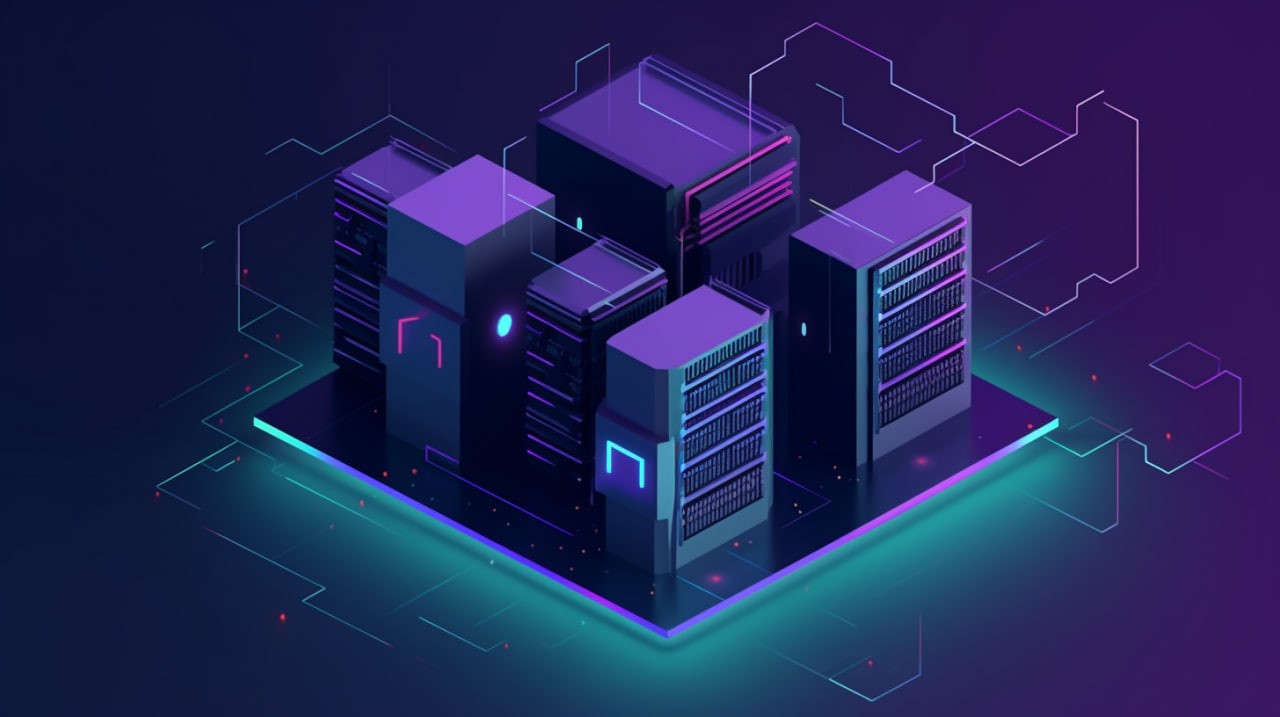HashValue Reshapes the Future of Decentralized Computing Infrastructure

Pioneering a new digital paradigm for decentralized computing, blockchain scalability, and edge infrastructure
In the ever-evolving realm of blockchain and decentralized technologies, HashValue, a prominent blockchain infrastructure innovator, is driving a tectonic shift in how decentralized computing is architected and executed. As of May 7, 2024, the company’s most recent strategic initiatives place it at the epicenter of a global movement toward scalable, sustainable, and distributed computation ecosystems.
Decentralization Beyond Storage: Computing Power Reimagined
Historically, decentralization in blockchain revolved around immutable storage and consensus models. HashValue is breaking new ground by shifting the narrative from decentralized storage to decentralized computing. This approach distributes computational workloads across a decentralized network of nodes, maximizing redundancy, security, and energy efficiency.
HashValue’s platform enables miners and node operators to contribute not just storage and validation power but general-purpose GPU and CPU compute cycles—turning crypto mining farms and idle hardware into decentralized cloud compute nodes.
A Web3-Native Computing Layer
HashValue’s architectural innovation lies in what it calls the Web3 Cloud Layer, a fully decentralized infrastructure that supports AI computation, edge analytics, and smart contract execution off-chain while preserving on-chain security guarantees. This hybrid model enables high-speed, low-latency decentralized apps (dApps) and metaverse platforms to function with near-cloud performance—without centralized control.
Using advanced task distribution protocols, the Web3 Cloud Layer dynamically assigns computing tasks to the most efficient nodes, based on location, hardware capacity, and energy efficiency, ensuring minimal carbon footprint.
Energy-Efficient Mining Meets Edge Computing
Incorporating renewable energy resources and next-generation cooling systems, HashValue nodes consume significantly less power compared to traditional cloud infrastructure or legacy mining operations. This shift not only addresses the criticisms of blockchain’s environmental impact but positions HashValue as a pioneer in green decentralized computing.
Moreover, with the integration of edge computing protocols, the HashValue infrastructure supports real-time data processing close to the source, essential for latency-sensitive applications such as IoT, gaming, and autonomous systems.
Enabling New Use Cases: From AI to Metaverse
HashValue’s decentralized computing layer enables developers and enterprises to run a wide variety of high-performance workloads, including:
-
AI model training and inference
-
3D rendering and simulation for metaverse environments
-
Decentralized content delivery networks (dCDNs)
-
Blockchain-based scientific computation
-
Private data analysis using zero-knowledge proofs
With its open APIs and modular SDKs, the platform allows seamless integration of decentralized backends into any application stack, from enterprise systems to consumer-facing apps.
Economic Incentives and Tokenization
At the core of HashValue’s model is a tokenized incentive layer. Node operators are rewarded in proportion to their computing contributions, verified by Proof-of-Compute algorithms. This model ensures fair market dynamics, where efficient and sustainable nodes earn higher returns.
HashValue’s native token also acts as the medium of exchange for compute leasing, allowing developers to rent computing capacity on demand—similar to AWS or Azure, but fully decentralized.
Strategic Partnerships and Global Deployment
To scale rapidly, HashValue has partnered with data center operators, solar-powered mining cooperatives, and edge IoT hardware manufacturers across North America, Asia, and Europe. These collaborations are accelerating the deployment of thousands of decentralized compute nodes in low-latency regional clusters, ensuring high availability and performance parity with centralized cloud providers.
In 2024 alone, HashValue plans to onboard over 50,000 compute nodes globally, creating one of the largest decentralized computing networks to date.
Compliance, Governance, and Trust
Understanding the evolving landscape of tech regulation, HashValue is implementing decentralized governance frameworks via DAO models. These systems empower token holders to propose and vote on protocol upgrades, fee structures, and ecosystem grants—ensuring transparency and community participation.
Further, the platform incorporates data localization protocols and privacy-compliant computation layers, enabling compliance with jurisdiction-specific laws like GDPR and China’s PIPL.
Future Outlook
The future of computing is decentralized—and HashValue is leading this evolution. By delivering blockchain-grade trust, cloud-like performance, and eco-friendly efficiency, the company is building a resilient infrastructure to power the digital economy of the next decade.
As dApps evolve from simple smart contracts to compute-intensive platforms involving AI, real-time rendering, and personal data computation, platforms like HashValue will become indispensable. With its robust architecture, green philosophy, and developer-first ethos, HashValue is not just reshaping infrastructure—it’s rewriting the rules of the decentralized internet.
For more information, visit www.hashvalue.com.
More Related News

HashValue Report: Decentralized AI Tokens Gain Mining and Investor Focus

HashValue Unveils Crypto Mining Risk Alert System, Flags 3 Volatile Tokens

HashValue Builds a Bridge: Perfectly Integrating Cryptocurrency Purchase and Sustainable Cloud Mining


 English
English
 Deutch
Deutch
 Espanol
Espanol
 Francais
Francais
 Italiano
Italiano
 Dutch
Dutch
 Portugues
Portugues
 Русский
Русский
 Svenska
Svenska
 日本
日本
 한국인
한국인
 Türk
Türk